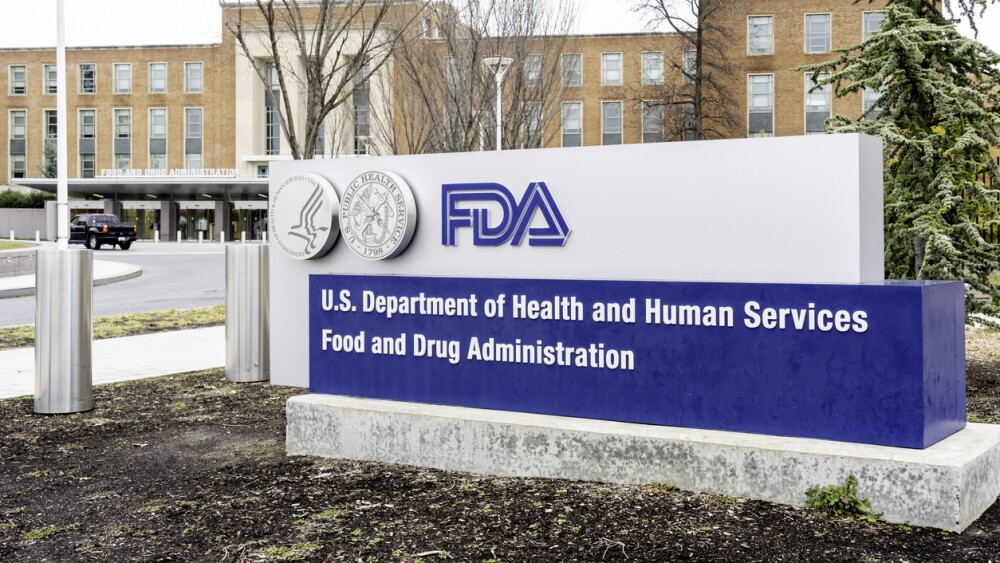While the new framework signals continued flexibility at the FDA regarding rare disease approvals, some analysts and advocates question what tangible impacts the new guidelines will have.
The FDA’s Centers for Biologics Evaluation and Research and Center for Drug Evaluation and Research on Wednesday unveiled a new framework meant to streamline the approval of therapies for ultra-rare diseases. Some analysts and rare disease advocates, however, seem unimpressed by the program.
Paul Kim, advisor at the National Organization for Rare Disorders, put it bluntly when he wrote in a LinkedIn post on Wednesday that the framework, called the Rare Disease Evidence Principles (RDEP), “is all wrapper and no gift.” The RDEP, he continued, “is merely a restatement of current Agency practice.”
According to the FDA’s announcement, RDEP will allow companies to file for approval under an investigational new drug (IND) application using only a single-arm trial—but only for diseases that affect a “very small, rare disease population . . . generally less than 1,000 persons in the United States.”
The RDEP only applies to treatments for conditions linked to a known genetic defect, as well as those characterized by progressive functional deterioration leading to disability or death “in a relatively short period of time.” The target diseases should also not have “adequate” alternative therapies, according to the FDA.
In their applications companies will also have to provide supporting data, such as evidence of a treatment effect on the disease’s pathophysiology and findings from relevant non-clinical models, among others.
Writing to investors on Wednesday, analysts at William Blair said “it remains unclear what tangible impact the framework will have on the development process and approval timeline, given several gene therapies in development are already utilizing single-arm trials for registration.” The restriction on patient population, the analysts continued, means that “most therapies in development won’t be eligible to apply.”
Jefferies analysts had a more positive view of the RDEP, particularly because it signals a more “favorable” regulatory environment at the FDA regarding rare diseases. With the RDEP, they wrote on Wednesday, “the FDA continues to follow through on its commitment to streamline rare disease drug approvals.”
FDA Commissioner Marty Makary made such a commitment in April, in an appearance on The Megyn Kelly Show when he said that he is considering a new regulatory pathway for rare diseases based on a molecule’s “plausible mechanism.” If a drug “makes sense physiologically,” he said, then the FDA could consider approval “on a conditional basis . . . even though we don’t have a randomized controlled trial because it’s not feasible.”
But experts at the time seemed skeptical. In an interview with BioSpace in May, Daniel Kracov, partner and chair of the Global Life Sciences Industry Practice at Arnold & Porter, said that the FDA will need legislation to enact such changes to its rare disease review pathways. More importantly, Kracov insisted that streamlined pathways should not come at the expense of quality controls.
“There has to be a meaningful standard for the approval of products in order for payers to be willing to pay for those products,” he said. Basing approvals on a drug’s plausible mechanism, he added, is “about as low a standard as you could possibly get.”






